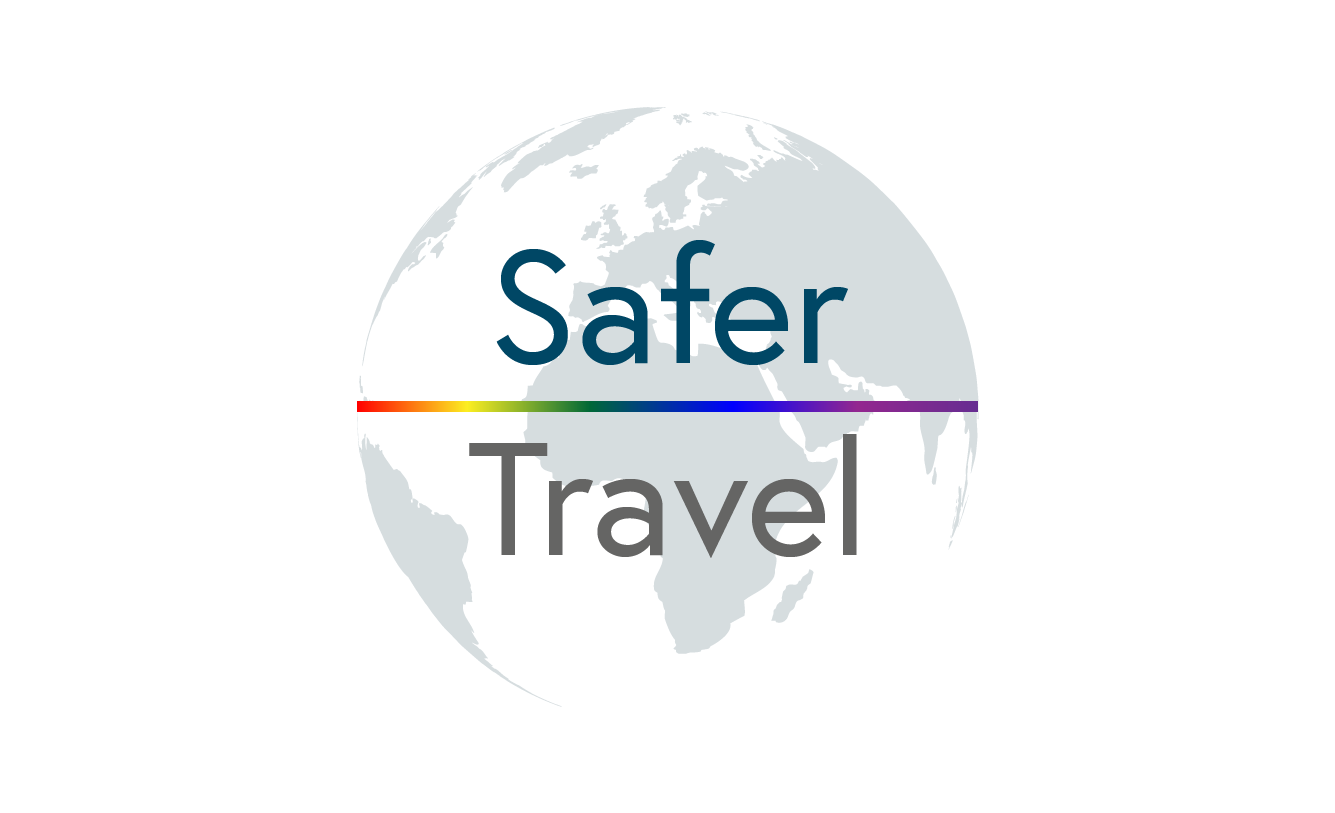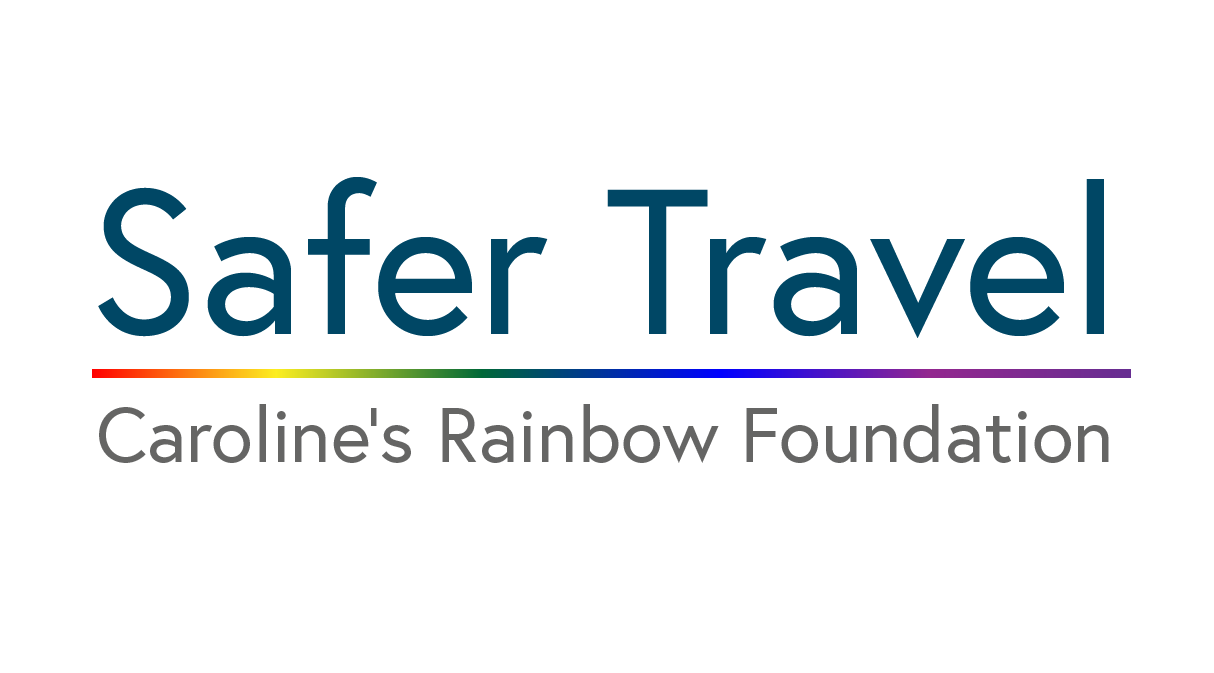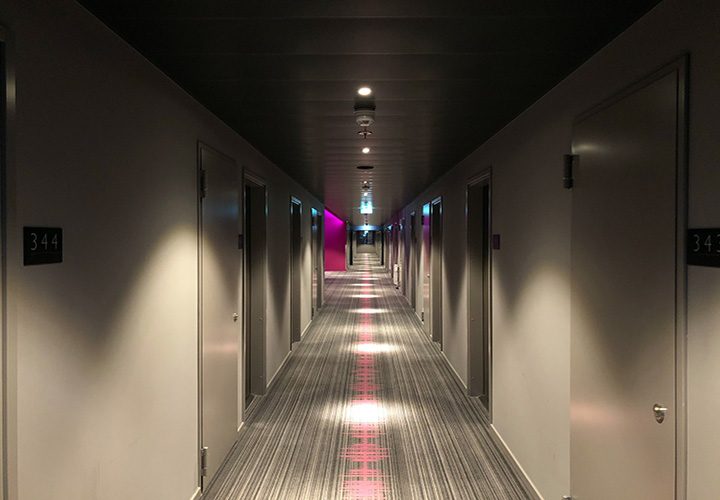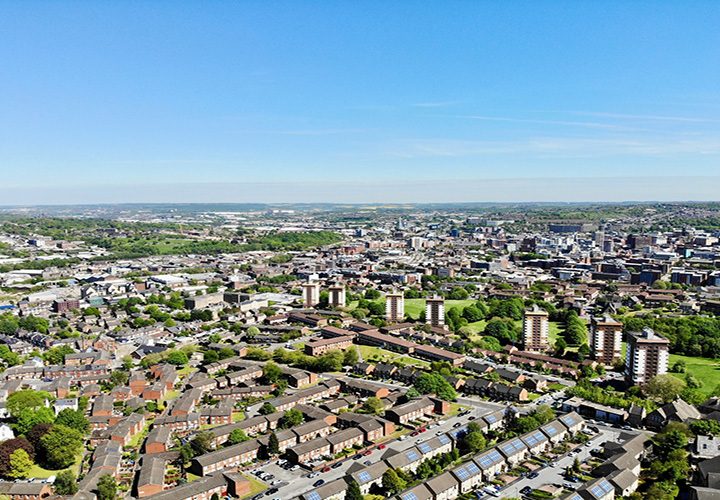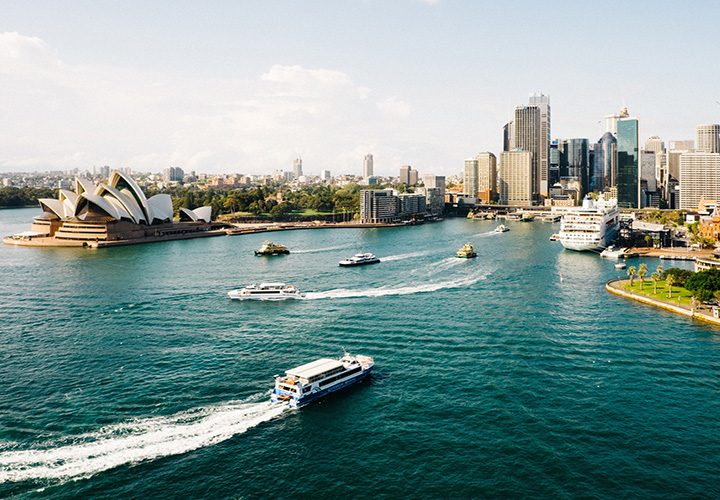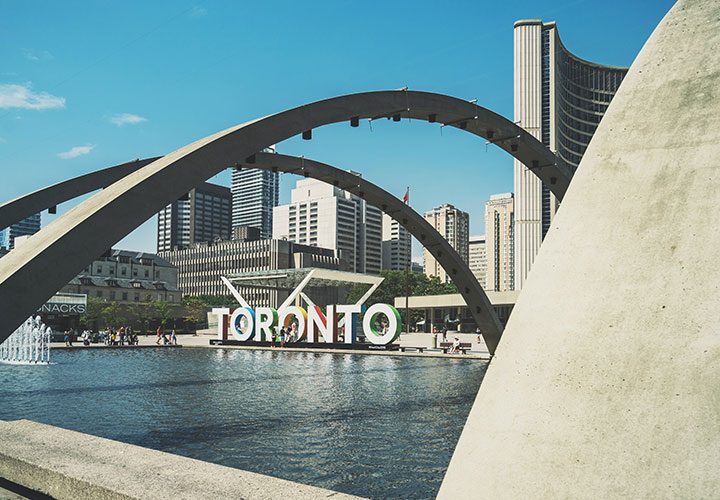Canberra
Canberra is the capital city of Australia. It is Australia’s largest inland city and the eighth-largest city overall.
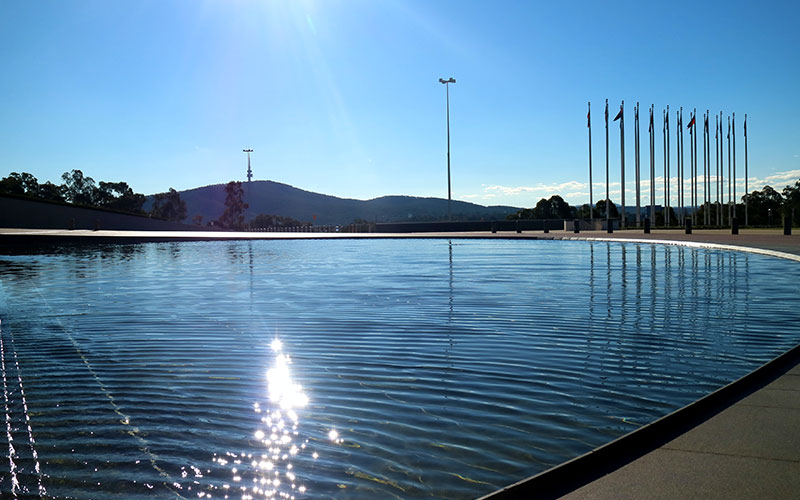
Details
Before visiting any town or city make sure you know the basics. General details and important information.
- Emergency Services: 000
- Language: English
- Currency: Australian Dollar
- Country Code: AU
- Travel Visa: Required
- Population: 370,000
Risk Level
Researching various official sources, we perceive the risk to holiday makers and travellers are as follows;
Travellers Tips
Top travel advice and interesting tip bits of information from experienced travellers.
Emergencies
For the Emergency services just dial 000 from any phone, for not so serious situations please dial 1800 022 222.
Hospitals
Click the text below to for more information.
Tourist Offices
Click the text below for more information.
Canberra and Region Visitors Centre
City Information Booth
Travelling Around
Transport Canberra operates the public bus and light rail network, a convenient and cost-effective way for visitors to get around Canberra. You can also take advantage of Canberra’s taxi cabs and ride-sharing services. Jump on an Transport Canberra public bus and light rail or learn about taxi and ride-sharing options.
Airports
Click the text below for more information.
Train Stations
Click the text below for more information.
Canberra Safety
Which areas should I take extra care?
Areas of Weston Creek and Belconnen were identified as areas where assault or robbery are most likely to occur, also the Civic and Woden areas should be taken with caution.
Avoid places as you would anywhere, if you are on your own at night stay away from city parks, railway stations, quiet streets and alleyways, and any areas around the beach. Do not forget that the night draws in very quickly in Australia, so do not get caught out.
What are the common crimes?
Canberra has been described as an area with higher drug usage than other cities, especially in the public housing sector. Simply keep your distance from anyone who looks a bit suspect – they might pester you for drugs or money.
What are the top safety tips?
At the beach: The beach is a wonderful place to pass the time in Australia, and the areas are well equipped, often with bbq’s, life-saving facilities, many free car parks (outside city areas), pools, showers, and amenities. However, it is also one of the most dangerous for travellers who do not heed warnings.
Flooding happens very quickly in Australia, (especially in the Summer months). Being a tropical/sub-tropical climate, the rains are much heavier than experienced in Europe. Never venture across a flooded road, as people have died being swept away in vehicles, and the same applies to wandering through them. There are huge storm drains, into which people have been swept and killed. If you are intending to cross desert areas, check that you are choosing the best season for your journey, and have an appropriate 4wd vehicle.
If you get caught in a “rip tide” keep calm, and attract attention. If you have a board with you, stay on it. You can follow two different guidelines.
1) Attract attention and float with the current. They sometimes move in circular fashions, and may bring you back to your starting point. Meantime a lifeguard should have spotted you.
2) If possible, swim out of the rip current (but do not panic). Swim parallel to the beach towards breaking waves.Jellyfish: Nov-March is “stinger” season in most tropical areas of Australia. Swim between the red/yellow flags, read signs before entering the water, and wear a full body lycra suit, during this period. If you do get stung, alert local coastguards, pour vinegar onto the affected area, and call triple 000 for an ambulance, if you have been stung by a “box jellyfish” or “Irukandji”.
Major safety issues are more relevant at night: – avoid anyone arguing, or who looks as if they are under the influence of drugs/alcohol. Avoid badly lit streets and remote train stations at night. If you need to catch a train, arrive as close to the arrival time as possible, and sit near the guard’s van or driver’s cab. Always travel in groups where possible, and be careful along quiet beach areas, boardwalks, during day and night (usually very safe, but if you are on your own you are more likely to attract a crime or assault of opportunity – i.e not necessarily pre-meditated.
Most trips to Australia offer a wonderful experience without any incidents. However, it is a huge country with such different climates, so planning is strongly advised to get the best from the trip.
Petrol stations become more remote in the outback, and again, it is important to know how much fuel your car can hold, and where you should fill it up, to avoid breaking down in the middle of nowhere.
Wear a hat, sunglasses and sun cream, to protect from the high levels of UV, even on a cloudy day. It also protects from mosquitoes, which can carry the nasty Ross River virus and Dengue Fever.
Weather: Storms and Cyclones: Check for weather warnings on the meteorological website, and follow warnings there.
When you stop at a National Park, or similar area, hide any valuables, as being remote, these are often where most people find they have things stolen from their cars.
Improve Your Personal Safety
Knowledge – the more you have the better equipped you are.
Awareness – the more you see the safer you become.
Response – the right reaction can change a situation.
Annual Events
Annual events allow a city come together for some amazing experiences. If visiting at this time, make sure you have your accommodation booked and are always aware of your surroundings when travelling around.
Events
National Multicultural Festival
February. National Multicultural Festival Concerts, theatre, music, dance, parades, and gourmet food are enjoyed at this multicultural festival, and showcasing Indigenous art, cooking, music an dance.
Late February the Royal Canberra Show. Annual Event by the Capital Agricultural Society. Featuring livestock competitions, and shows, music acts, crafts, fashion, fun rides, food, motocross and fireworks.
March to April each year. National Folk Festival. Concerts, displays, workshops from music, dance, theatre performance, circus skills, and handcrafts.
Groovin the Moo The Meadows, University of Canberra. Outdoor music festival celebrating local and international artists, also with markets, food and bars. Held in April.
Held on the 10th May to the 19th May. Canberra International Music Festival. A festival of Australia’s leading classical and contemporary art music, held in iconic buildings.
21st June to the 28th July. Canberra and Capital Region Truffle Festival. Learn from celebrity chefs, join truffle hunts or enjoy in restaurants at various locations.
A celebration of Spring in Commonwealth Park. Australia’s biggest flower festival.
25th September to 29th September Floriade Nightfest Featuring live music, comedy, night markets and the flower beds illuminated.
Canberra Highlights
What are the best places to visit?
Dickson
A major restaurant hub, being home to Chinatown, but also offering a huge range of international food. Fyshwick is a huge shopping and market area, including beers and fresh food markets.
Acton is an area in Canberra where you will find fun entertainment, botanical gardens, museums and home to Lake Burley Griffin. It also has walk and trails which offer scenic views of the city.
An interactive journeys through CSIRO and Australian science history. An award winning building amazing in its own right. Open from 9am to 5pm and well worth a visit.
Boutiques and designer fashion
Can be found in the arcades of City Walk, Garema Place and the Canberra Centre, and Braddon. Also visit Manuka and Kingston, which have all-round shopping from designer labels, and antiques to gourmet food and jewellery.
Capital Hill. Read about the history, access the chambers. Question Time and view historical documents. Open from 9am to 5pm (non-sitting days), from 8.30am on Wed and Thursday to House rise, on Sitting days.
Commemoration and history of Australian involvement in war. Free entry and open from 10am to 5pm
Free entry to everyone to see the local plants and enjoy the exhibitions, gardens and picnic areas. Well worth spending an afternoon relaxing and enjoying the surroundings. Open from 8:30am-5:00pm daily. From 8:30am-8pm in Summer for evening events.
